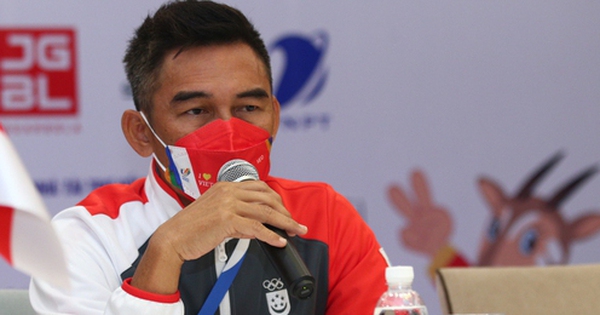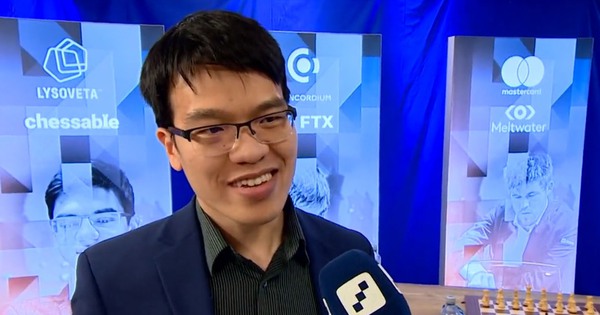To protest the actions of Russia For Ukraine, Western countries and their allies have imposed many sanctions that directly affect the Russian aviation industry. The United States and the European Union have simultaneously closed their airspace to Russian aircraft, as well as banned the sale of civilian aircraft and aircraft parts to Russia, and banned companies from repairing and maintaining the aircraft. aircraft operated by Russia.
Airline leasing companies are also required to recover aircraft leased to Russia before the end of March. Russia has also responded by closing its airspace to 36 countries/territories. However, if you look at it from a further angle, it can be seen that Russian aviation is in a difficult situation.
Any solution for Russia?
The Russian Federation is the largest country in the world by area with the two farthest points in Russia about 8,000 km apart, so Russians always need a strong aviation industry to transport and connect.
Faced with the prospect that Russian aviation could be completely paralyzed, the Russian Ministry of Transport has considered several options such as buying back or nationalizing hundreds of Airbus and Boeing aircraft that the lessors are demanding the Russian side to pay. or consider another option such as temporarily using “homemade” – ie planes made in Russia and the rest from the Soviet era.
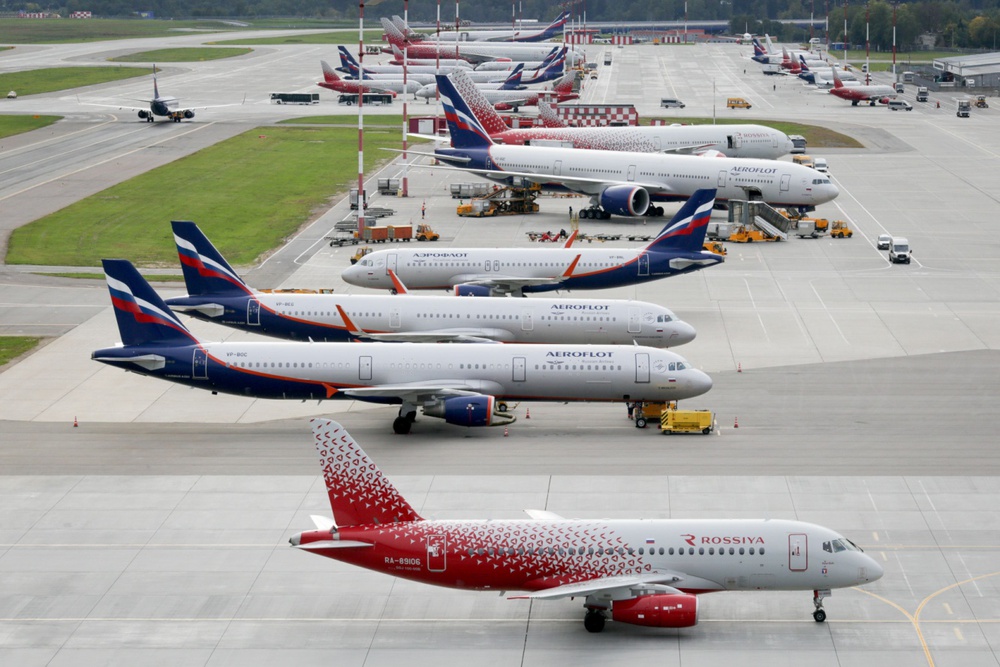
Foreign aircraft leased by Russian airlines.
There is one more solution that President Putin did. In the latest development, Putin signed a decree to keep about 500 planes that Russian airlines are leasing from abroad.
However, many Russian airlines are also not interested in this “gift of heaven”. Some argue that because they do not want to register the aircraft in Russia but want to return them to the lessor, they are afraid to offend the aircraft lessors because once the Ukraine crisis is over, Russia will need to aircraft leasing corporations to increase transportation capacity.
After the dissolution of the Soviet Union, the Russian Air Force still developed based on a strong military industry, so it owned the most modern aircraft with the most modern features, not inferior to that of the US and Western European countries.
Russian civil aviation is in the opposite situation, so it has to convert to Western aircraft and technology. Most of the aircraft they are using today are advanced American and Western European aircraft leased from foreign airlines.
How is the first child of the Russian aviation industry now?
With the goal of revitalizing the troubled civil aviation industry, as well as reducing dependence on foreign countries, Russia has been trying to develop its own aircraft. In the early years of the 21st century, the Sukhoi-Superjet 100 was born to replace the Tupolev Tu-134 aircraft – the “pack horse” of Russian short-haul aviation, which had many serious accidents and suffered many injuries. Airlines, including Aeroflot (Russia), stopped operating.
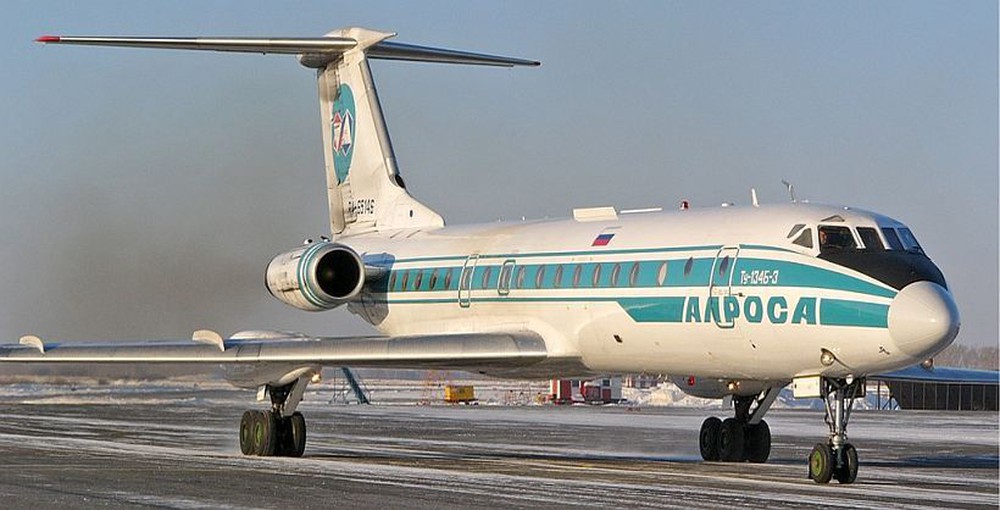
“Horse Horse” Tu-134 has ceased operations.
Sukhoi Superjet-100 is the first new aircraft model launched by the Russian aviation industry aimed at developing modern Russian civil aviation. There are two types: “Superjet 100-75” (SSJ 100-75) and “Superjet 100-95” (SSJ 100-95).
Although it is called a Russian plane, it is actually the work of extensive international cooperation. Russia mainly produces only the fuselage of this aircraft, while the avionics are mostly produced by Western companies. Regarding the engine, NPO Saturn (Russia) has cooperated with Snecma Moteurs (France), to help the aircraft reach a maximum speed of 870 km / h, a ceiling of 12,500 m, range depending on cargo and passenger loads, from 2,900 to 4,500 km.
Thales company (France) provides most of the equipment: Liquid crystal display in the cockpit, communication equipment, navigation device similar to the famous Airbus A380 design. CMC Electronics (Canada) company provides CMA-9000 steering control system. Swiss company Leibherr Aerospace has collaborated with Russia’s Voscod design center to design the flight control system.
Leibherr also develops air conditioning and control systems. The power supply system on the plane is also made by Honeywell (USA). In addition, French companies are involved in the design of landing gear systems for aircraft. So called Russian aircraft, but almost all “foreign goods”, so when sanctions are issued, it is difficult to operate for long.
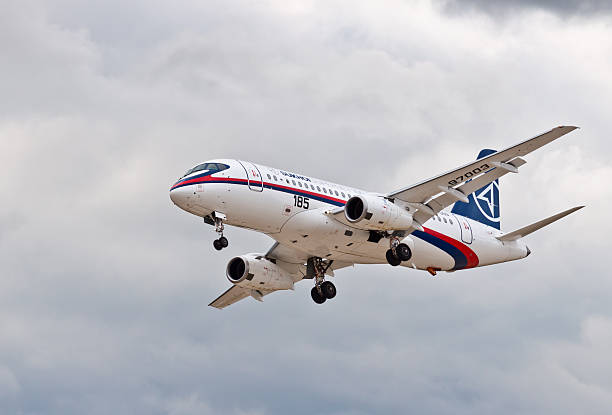
Superjet 100 was born to replace the Tupolev Tu-134 aircraft.
The Sukhoi Superjet-100 took off for the first time in 2008 and began commercial service in 2011. The aircraft is certified by the European Union Safety Authority, but mainly only operates inter-regionally in Russia and cannot compete. compete with international competitors such as Boeing, or Airbus.
From the time of testing to the time it was put into operation, the Sukhoi Superjet-100 has encountered many problems. In 2010, a year before the plane was delivered to customer Aeroflot, an investigation at the Komsomolsk aircraft factory revealed that at least 70 factory employees were using fake licenses.
Immediately after its birth, Sukhoi Superjet-100 was particularly interested by many domestic and foreign customers. Indonesia, a country of ten thousand islands, is one of the first customers of this aircraft. Unfortunately, on 9/5/2012 right in the flight to show off to sell, the accident happened. The newly launched Sukhoi Superjet-100 aircraft crashed into Mount Salak in Indonesia, killing all 37 passengers and 8 crew members.
The crash was determined to be due to human error – the captain ignored six terrain warnings from the system and did not follow the anti-distraction procedure when operating the aircraft. This conclusion is not able to regain the trust of consumers. After the Sukhoi Superjet 100 crashed in Indonesia, the Indonesian airline PT Sky Aviation that owned the plane went bankrupt.
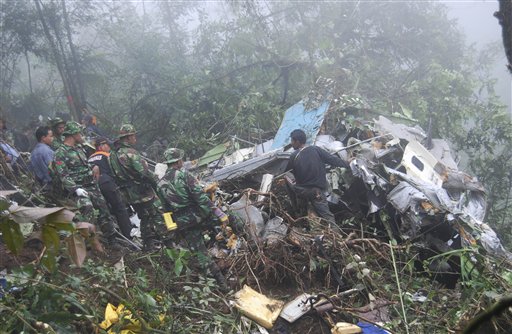
Sukhoi-Superjet 100 crashed in an Indonesian jungle
A few foreign airlines have also “turned away” from the Sukhoi-Superjet 100. Armenian airline Armavia returned the Sukhoi Superjet-100 to the manufacturer for reasons of inconvenient maintenance and quality. its level is below the standard in the contract.
Mexico’s Interjet is maintaining five Sukhoi Superjet-100 planes and assures they are used “with the highest safety standards” to encourage passengers to step on board.
Lao Airlines ordered 3 aircraft of this type but then only bought 1, the remaining 2 were returned to Russia by the Lao side. Currently, these two aircraft are managed by the President of Russia.
Not all risks, on the afternoon of May 5, 2019 (local time) at Sheremetyevo International Airport in the north of Moscow, a Sukhoi Superjet 100 plane of the Russian national airline Aeroflot crashed into the ground after an attempt. The landing failed, killing at least 41 people on board.
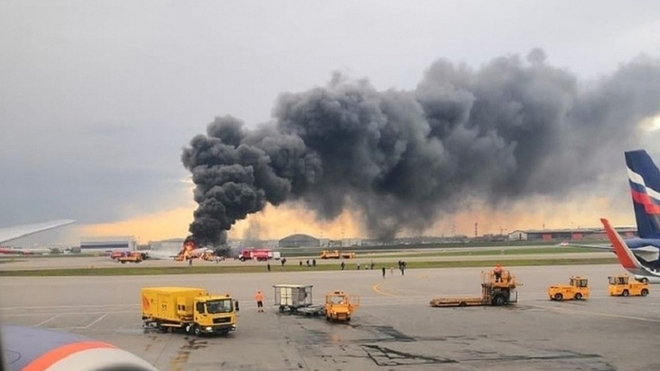
The Superjet caught fire at Sheremetyevo airport. Photo: VK
In the country, in addition to the above accident, Sukhoi Superjet 100 also encountered many small problems when serving Aeroflot airlines and other domestic airlines. These domestic airlines were under pressure from the Russian government to add more Russian aircraft to their fleet, so they had to buy Sukhoi Superjet 100 at a price below the published price. Currently, Russian airlines own nearly 150 of these types.
“Second son” MC-21 can save the family of Russian Aviation?
After the failures of the Sukhoi Superjet 100, the Russian aviation industry turned all its attention to the Irkut MC-21. Even before the hot issue between Russia and Ukraine occurred, the Russian aviation industry was still hopeful with the Irkut MC-21, saying that this aircraft even surpassed the Airbus 320neo and the Boeing 737 MAX 8.
The Irkut MS-21 (Russian: МС‑21 “Магистральный Самолёт 21 века” – “Passenger for the 21st century”) is a series of Russian jet airliners, with short and medium range, is scheduled for mass production in 2020.
However, in 2018, the Americans and the Japanese refused to provide composite, the material for manufacturing aircraft wings to Russia, because they were afraid that this material would be used by Russia for military purposes.
Followed by the same action with the PW1000G engine built by Pratt & Whitney of America. At this point, the Russians were faced with the choice of either abandoning the project of producing passenger aircraft, or having to create composites and produce domestic engines themselves.
Overcoming all the difficulties created by the West, Russian engineers quickly achieved amazing achievements.
Last October, Irkut MC-21 with composite materials and domestic PD-14 engine proudly flew to Dubai Airshow 2021. A bright future seemed to have opened up with Irkut MC-21, when the sky of Russia and the world will soon be buzzing with the Russian Irkut MC-21 which has many advantages in terms of price and design.
However, in fact, the Irkut MC-21, for various reasons, now adds sanctions, so it cannot soon go into mass production and sell widely. It is not clear when the first Irkut MC-21 will reach customers.
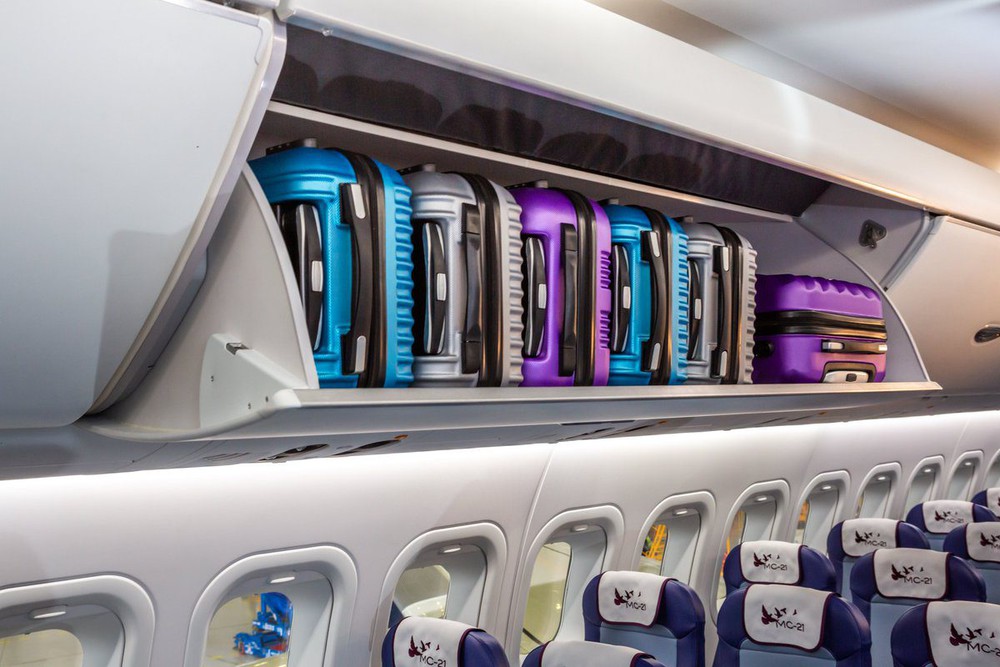
The Irkut MC-21 is considered to have a superior interior in the mid-range passenger aircraft segment.
For those who love Russian aircraft or the whole of Russia, the question “what future for Russian aviation?” may pop up in their heads. When the children of the Sukhoi Superjet 100 generation, even though they are “home goods”, but due to the impact of sanctions, they may soon be “covered”, Irkut MC-21 does not know when it can be mass-produced, it is difficult. may be waiting ahead.
at Blogtuan.info – Source: Soha.vn – Read the original article here

